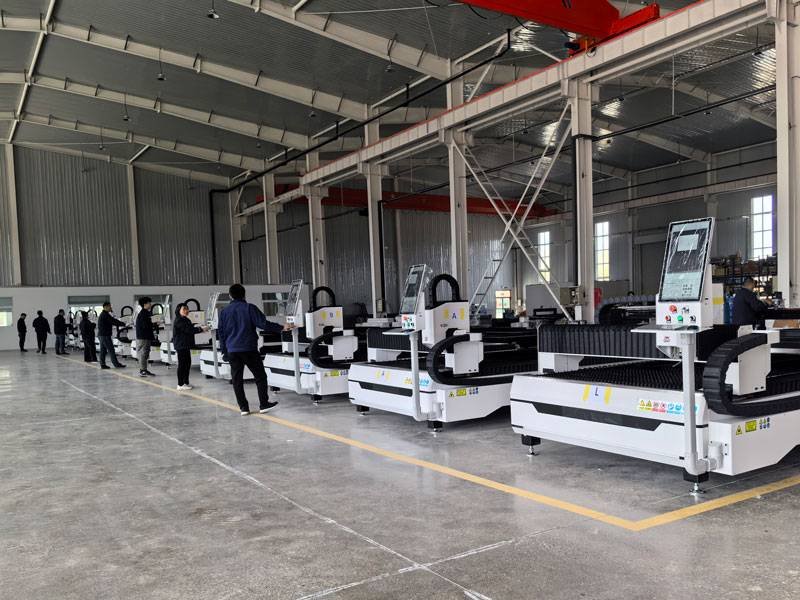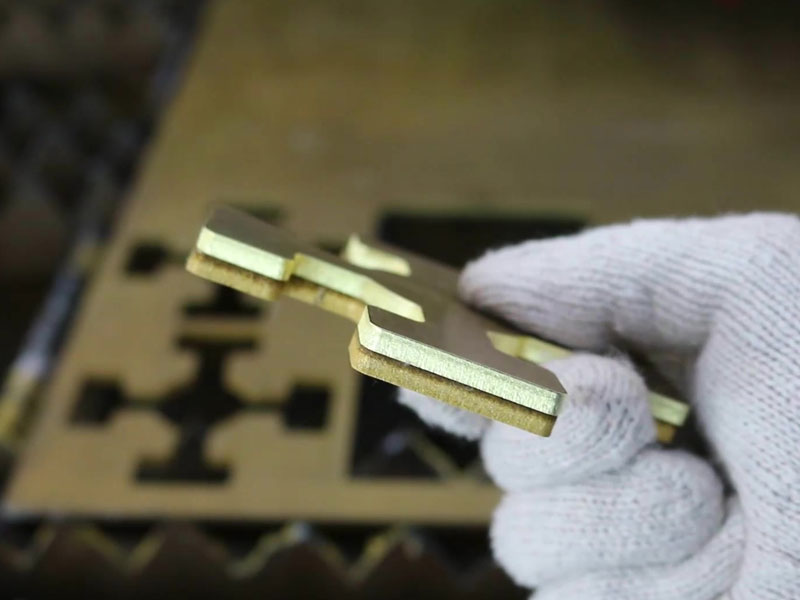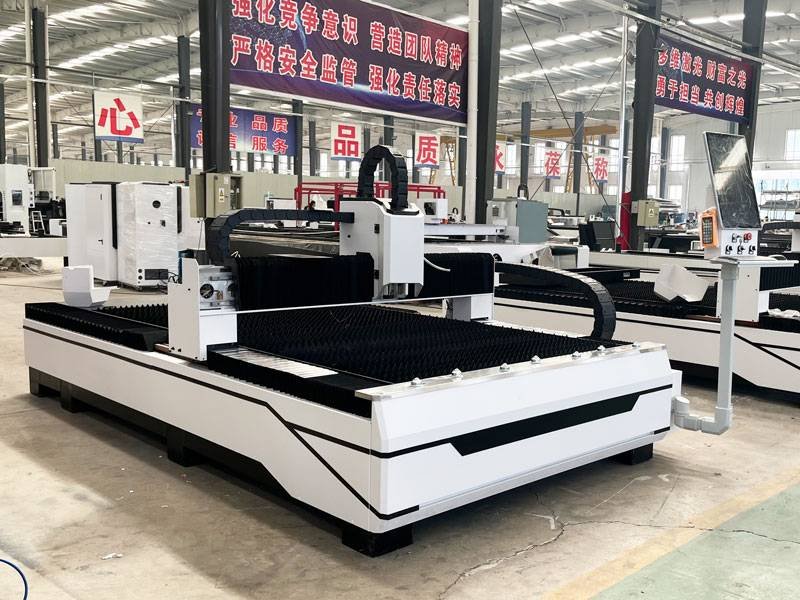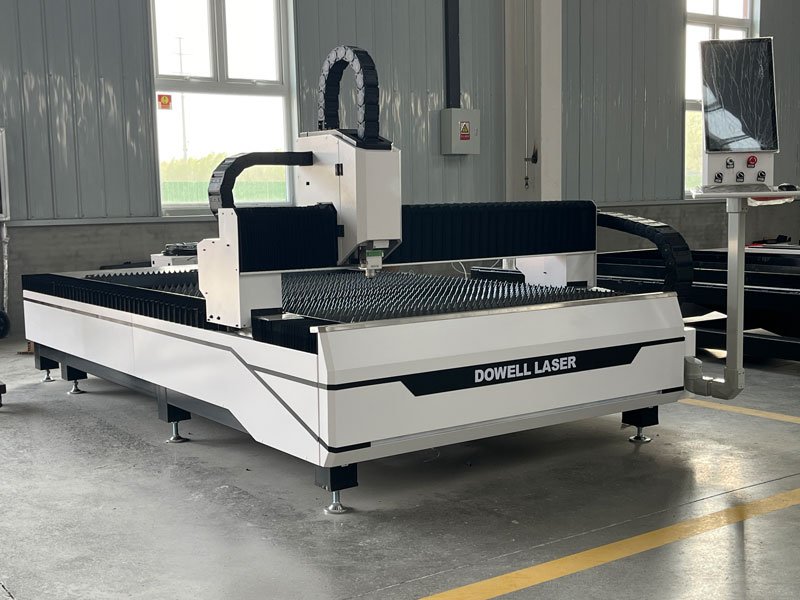CNC (Computer Numerical Control) fiber laser cutting machines have revolutionized the manufacturing industry with their precision, efficiency, and versatility. These machines are widely used across various sectors, including automotive, aerospace, electronics, and construction. As a business owner, understanding the cost structure of CNC fiber laser cutting machines is essential for making informed investment decisions.
This article delves into the factors influencing the price of these machines and provides insights to help you choose the best option for your business.
What is CNC Fiber Laser Cutting Machines
CNC fiber laser cutting machines use a fiber laser to cut through materials such as metals, plastics, and composites. The laser is guided by a CNC system, which ensures precise and automated cutting based on pre-programmed designs. These machines are known for their high cutting speed, accuracy, and ability to handle complex shapes.
Factors Influencing the CNC Fiber Laser Cutting Machine Price
1. Potenza del laser
The power of the laser is one of the most significant determinants of price. Laser power is measured in watts (W), and higher wattage machines can cut thicker and tougher materials more efficiently. Common power levels range from 500W to over 10,000W. For instance:
- 500W-1000W: Suitable for thin metals like stainless steel and aluminum (up to 5mm).
- 2000W-3000W: Can cut thicker metals (up to 20mm) and are ideal for small to medium-sized businesses.
- 4000W and above: Used for heavy-duty applications and cutting thick metals (over 20mm).
2. Cutting Bed Size
The size of the cutting bed determines the maximum dimensions of the material that the machine can handle. Larger bed sizes are necessary for cutting large sheets of metal and for applications requiring high-volume production. Common bed sizes include:
- Small (600mm x 600mm): Suitable for small parts and prototypes.
Medium (1500mm x 3000mm): Popular for a wide range of industrial applications.
Large (2000mm x 6000mm): Used in heavy industries requiring large format cutting.

3. Brand and Manufacturer
The reputation and reliability of the manufacturer also impact the price. Well-established brands with proven track records typically charge a premium for their machines due to their higher quality, better after-sales service, and longer warranties. Some leading brands in the industry include:
4. Additional Features and Technology
- Automatic Loading and Unloading Systems: Increase efficiency by reducing manual handling.
- Real-time Monitoring and Diagnostics: Allow for better control and maintenance.
- Cutting Speed and Precision Enhancements: Improved cutting heads and control systems for faster and more accurate cutting.
- Each of these features can add to the overall cost but also provide significant benefits in terms of productivity and operational efficiency.
5. After-Sales Support and Service
Good after-sales support is crucial for minimizing downtime and ensuring the smooth operation of your machine. Manufacturers offering comprehensive service packages, including installation, training, and maintenance, may charge higher prices, but the long-term benefits often outweigh the initial costs.

Typical Price Range
The price of CNC fiber laser cutting machines can vary widely based on the factors mentioned above. Here is a general breakdown of the price ranges you can expect:
- Entry-Level Machines: $20,000 – $50,000
- Suitable for small businesses or those with light-duty applications.
- Mid-Range Machines: $50,000 – $150,000
- Ideal for medium-sized enterprises with moderate production needs.
- High-End Machines: $150,000 – $500,000 and above
- Designed for large-scale operations requiring high power and advanced features.

Tips for Business Owners to Buy CNC Fiber Laser Cutting Machine
- Assess Your Needs
Clearly define your production requirements, including the types of materials you will be cutting, the thickness of the materials, and the volume of production. This will help you determine the appropriate power, bed size, and features needed.
- Research and Compare
Take the time to research different brands and models. Compare their features, prices, and reviews from other business owners. Attend trade shows and request demonstrations to see the machines in action.
- Consider Total Cost of Ownership
Beyond the initial purchase price, consider the total cost of ownership, which includes maintenance, operating costs, and potential downtime. A slightly more expensive machine with better efficiency and reliability might be more cost-effective in the long run.
- Leverage Financing Options
Many manufacturers and financial institutions offer financing options that can help you manage the cost of purchasing a CNC fiber laser cutting machine. Evaluate these options to find a solution that fits your budget and cash flow.
- Invest in Training
Proper training for your operators can significantly impact the efficiency and lifespan of your machine. Ensure that your staff receives comprehensive training on how to use and maintain the equipment.
- Evaluate After-Sales Support
Choose a manufacturer or supplier that provides excellent after-sales support. Quick access to spare parts, technical assistance, and regular maintenance services can prevent costly downtime and extend the lifespan of your machine.

Conclusione
Investing in a CNC fiber laser cutting machine is a significant decision for any business owner. Understanding the factors that influence the price and carefully assessing your needs can help you make an informed choice that balances cost with performance. By considering the total cost of ownership and leveraging available resources, you can find a machine that enhances your production capabilities and provides a solid return on investment.
